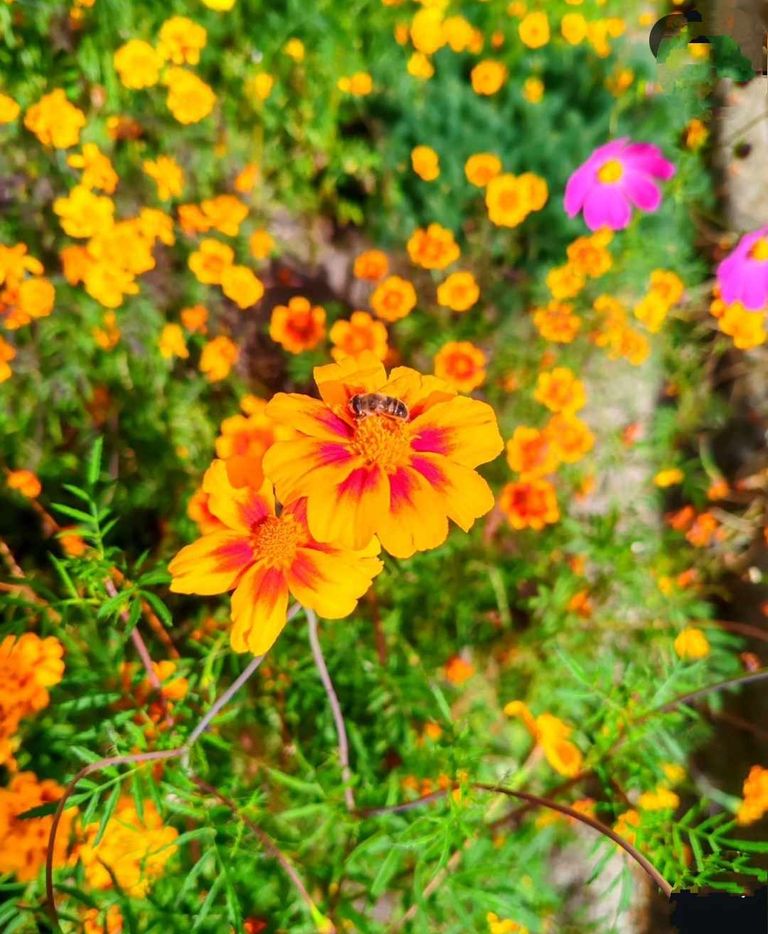
Girasole: caratteristiche e differenze
Fiore simbolo dell'estate, il girasole è apprezzato per l'allegria e l'energia che trasmette con il suo fiore grande e solare. Nei giardini e nei terrazzi si pianta da seme in primavera oppure acquistando piante e fiori preparati in giardino. È perfetto come fiore reciso, per composizioni e bouquet estivi.
Sunflower: characteristics and differences
A symbolic flower of summer, the sunflower is prized for the cheerfulness and energy it conveys with its large, sunny flower. In gardens and terraces it is planted from seed in spring or by buying plants and flowers prepared in the garden. It is perfect as a cut flower for summer arrangements and bouquets.
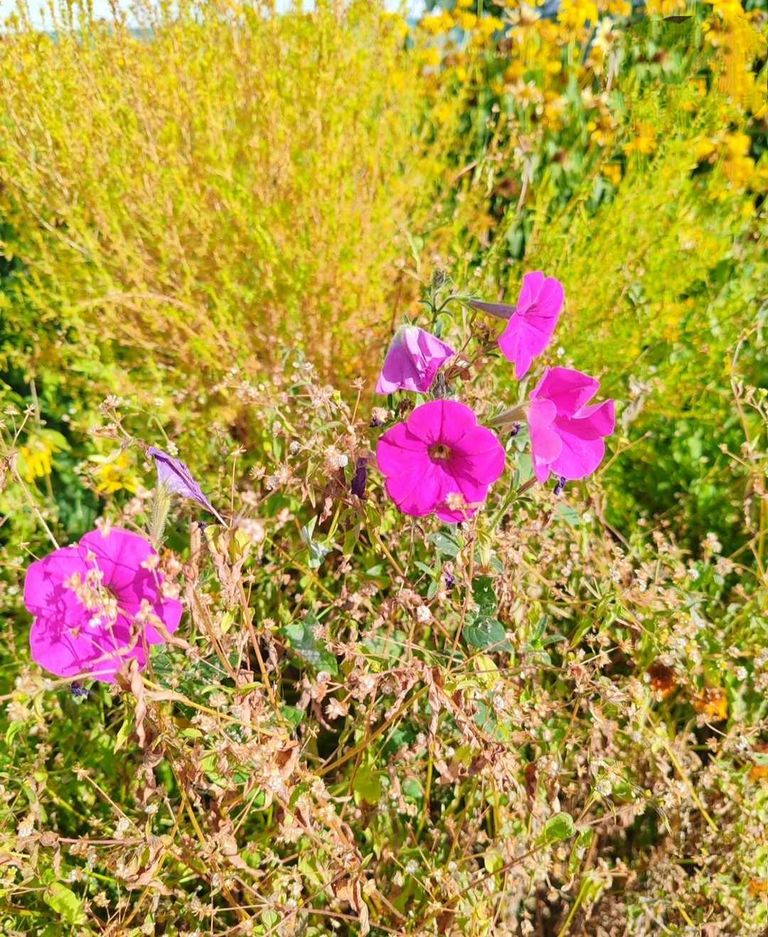
Dal continente americano, il girasole ha le prime caratteristiche. Innanzitutto ha la particolare capacità di dirigere i fiori verso il sole (da qui il nome comune “girasole”). In secondo luogo, è una pianta annuale da record, che diventa gigantesca in breve tempo e poi scompare: nata ad aprile, fiorisce tra giugno e settembre, matura subito e la pianta splende il sole alle soglie dell'autunno. Ha foglie e fusti robusti che possono raggiungere un'altezza elevata (anche 4 m in alcune specie), piegandosi a maturità sotto il peso dei fiori. L'infiorescenza, il cui nome è calatide, è una bellissima margherita dai petali dorati e un grande fiore centrale scuro: raggiunge dimensioni diverse tra 10 e 40 cm di diametro a seconda della varietà. Girasole: perché la sua corolla si gira verso il sole?
From the American continent, the sunflower has the first characteristics. First, it has the special ability to direct its flowers toward the sun (hence the common name “sunflower”). Second, it is a record-breaking annual plant, growing gigantic in a short time and then disappearing: born in April, it flowers between June and September, matures immediately, and the plant shines the sun on the threshold of autumn. It has strong leaves and stems that can reach a great height (even 4 m in some species), bending at maturity under the weight of the flowers. The inflorescence, whose name is calatid, is a beautiful daisy with golden petals and a large dark central flower: it reaches different sizes between 10 and 40 cm in diameter depending on the variety. Sunflower: why does its corolla turn toward the sun?
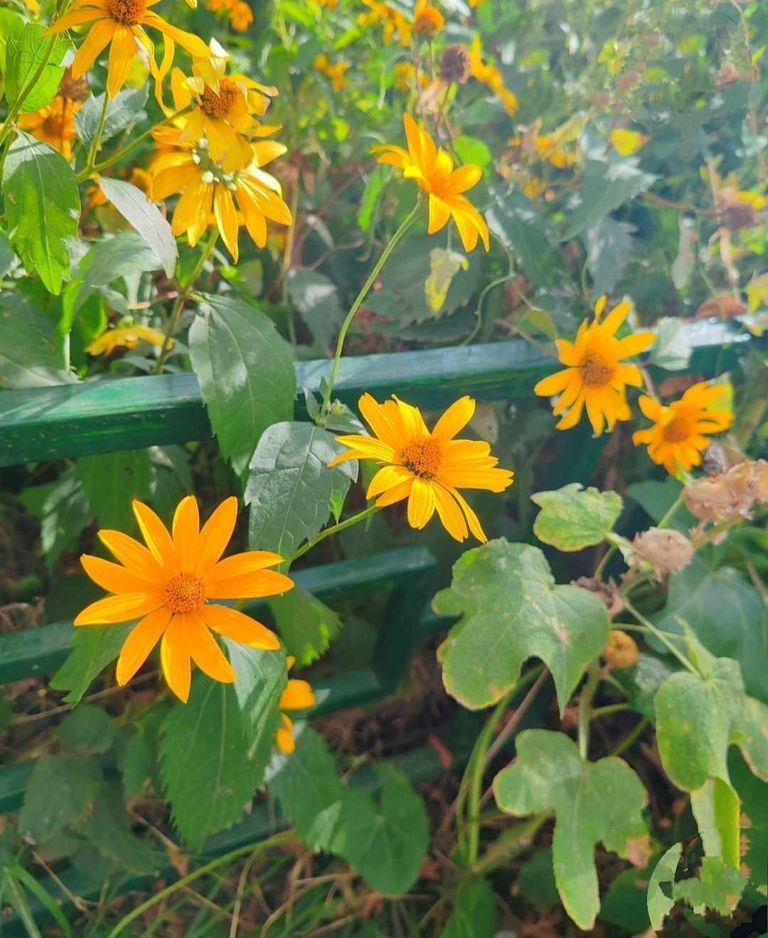
Il fenomeno dell'eliotropismo, comune nei girasoli, si riscontra anche in altre piante, come le foglie del cotone, del lupino e della soia. Il movimento di un fiore o di una foglia in crescita da est a ovest durante il giorno e di nuovo verso est prima dell'alba è dovuto al movimento di alcuni ormoni dalla fonte di luce esposta a sinistra nell'ombra. Gli ormoni modificano la quantità di acqua nelle cellule, provocando l’espansione di alcune cellule e il restringimento di altre. Pertanto, il picciolo fogliare, o il capolino, si piega nella direzione desiderata, cioè nella direzione dei raggi solari nelle diverse ore della giornata.
Foglie che devono essere rivolte verso il sole per ottenere la luce più forte in grado di favorire la fotosintesi, il processo che permette la creazione di cose importanti. Girasole: significa fiore
The phenomenon of heliotropism, common in sunflowers, is also found in other plants, such as the leaves of cotton, lupine and soybean. The movement of a growing flower or leaf from east to west during the day and back east again before sunrise is due to the movement of certain hormones from the exposed light source to the left in the shade. The hormones change the amount of water in the cells, causing some cells to expand and others to shrink. Therefore, the leaf petiole, or flower head, bends in the desired direction, that is, in the direction of sunlight at different times of the day.
Leaves that must face the sun to get the strongest light that can promote photosynthesis, the process that enables the creation of important things. Sunflower: meaning flower

Per i cinesi è simbolo di immortalità e longevità e, come il linguaggio dei fiori, esprime il vero amore di chi lo dona. I semi di girasole freschi hanno guadagnato popolarità come fiori recisi, diventando un simbolo di augurio di una rapida guarigione, gratitudine dopo un evento importante e amore per qualcuno di speciale. Originario dell'America Centrale, è un albero sacro per i nativi del paese per la sua grande flessibilità e molteplici utilizzi, oltre che per il rapido sviluppo; Le civiltà precolombiane delle montagne andine, in particolare gli Inca e gli Aztechi, lo consideravano un simbolo del dio sole.
For the Chinese, it is a symbol of immortality and longevity and, like the language of flowers, expresses the true love of the giver. Fresh sunflower seeds have gained popularity as cut flowers, becoming a symbol of wishing a speedy recovery, gratitude after an important event, and love for someone special. Native to Central America, it is a sacred tree to the country's natives because of its great flexibility and multiple uses, as well as its rapid growth; Pre-Columbian civilizations in the Andean mountains, particularly the Incas and Aztecs, considered it a symbol of the sun god.
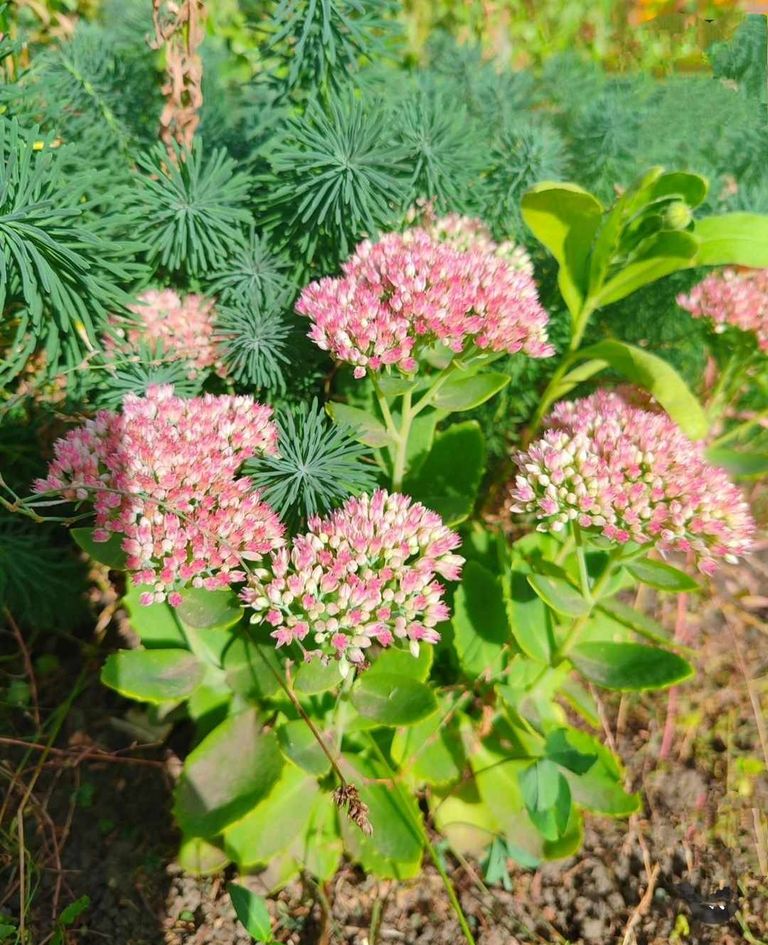
Oggi si ritiene che il girasole porti fortuna e amore, quindi viene utilizzato anche nelle decorazioni floreali per matrimoni e altre occasioni. Il girasole: storia e curiosità
Giunto in Europa dopo la spedizione dei conquistadores spagnoli, il girasole attirò subito l'attenzione con il suo aspetto e il suo colore, attirando nel tempo scrittori, poeti e artisti, tra cui Van Gogh, che ritorna frequentemente ai suoi dipinti. Il nome della specie, Helianthus, fu dato da Linneo (biologo e scrittore svedese, considerato il padre della moderna classificazione scientifica). Deriva da due parole greche: "helios", sole, e "anthos", fiore, con riferimento alla rotazione del capolino verso il sole.
Today the sunflower is believed to bring good luck and love, so it is also used in floral decorations for weddings and other occasions. The sunflower: history and curiosities
Arriving in Europe after the expedition of the Spanish conquistadors, the sunflower immediately attracted attention with its appearance and color, attracting writers, poets and artists over time, including Van Gogh, who frequently returned to his paintings. The species name, Helianthus, was given by Linnaeus (Swedish biologist and writer, considered the father of modern scientific classification). It derives from two Greek words, “helios,” sun, and “anthos,” flower, referring to the rotation of the flower head toward the sun.

Durante l'epoca vittoriana in Gran Bretagna divenne una bellissima decorazione dipinta su stoffa, incisa su legno o scolpita in vari tipi di metallo. Inizialmente considerata una specie ornamentale, fu importante solo come pianta oleaginosa dal 1700 e divenne onnipresente come pianta agricola in molti paesi europei e soprattutto in Russia. Il girasole è ormai coltivato in tutto il mondo ed è secondo solo alla soia tra le piante oleaginose. Anche in Italia viene coltivato in molte località per la produzione di olio, che viene conservato, sotto forma di semi, per il consumo umano e animale.
During the Victorian era in Britain it became a beautiful decoration painted on cloth, engraved on wood, or carved into various types of metal. Initially considered an ornamental species, it was only important as an oilseed plant from the 1700s and became ubiquitous as an agricultural plant in many European countries and especially in Russia. Sunflower is now cultivated worldwide and is second only to soybean among oil plants. In Italy, too, it is cultivated in many places for the production of oil, which is stored, in seed form, for human and animal consumption.
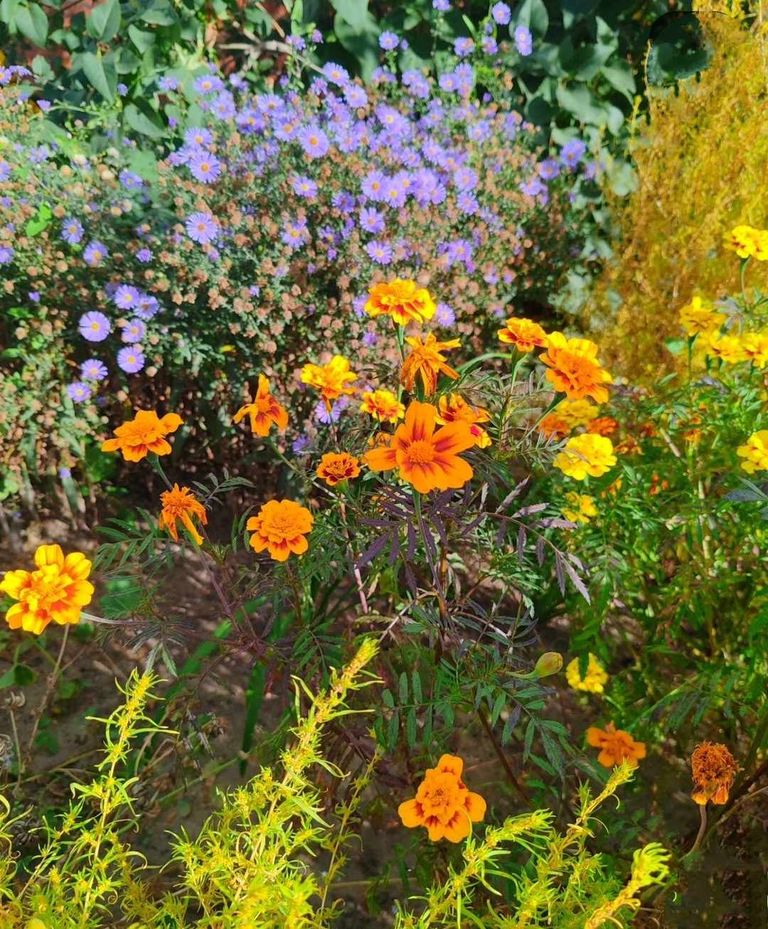
Oltre ai girasoli agricoli, esistono molte varietà adatte a scopi decorativi. Il colore e il gusto caratteristici dell'ibrido includono non solo una tonalità. Diversi nel giallo (dal bianco e giallo pallido all'ocra rosato, nelle accese sfumature dell'arancio, del rosso, del bordeaux e del marrone), ma unici nelle forme con due metà, due petali a pompon o disco centrale in diverse tonalità di giallo. Buru Koko.Anche la stagione della fioritura varia dall'inizio dell'estate all'autunno. Piantare i loro semi non è difficile, soprattutto perché sono resistenti e quindi adatti a molti terreni. Girasole: semina
La semina, preferibilmente in terreno fertile, va effettuata solitamente nel mese di aprile (marzo nelle regioni meridionali e sulla costa a clima mite). Nella prima parte del trasporto e del trapianto bisogna stare attenti alle lumache, che a loro piacciono particolarmente, e agli uccelli che scavano i semi. Girasole: dove cresce
In addition to agricultural sunflowers, there are many varieties suitable for decorative purposes. The characteristic color and taste of the hybrid include not only one shade. Different in yellow (from white and pale yellow to pinkish ochre, in bright shades of orange, red, burgundy and brown), but unique in shape with two halves, two pompon petals or central disk in different shades of yellow. Buru Koko.The flowering season also varies from early summer to autumn. Planting their seeds is not difficult, especially since they are hardy and therefore suitable for many soils. Sunflower: sowing
Sowing seeds, preferably in fertile soil, is usually done in April (March in southern regions and on the mild climate coast). In the first part of transport and transplanting, one must be careful of slugs, which they particularly like, and birds digging up seeds. Sunflower: where it grows
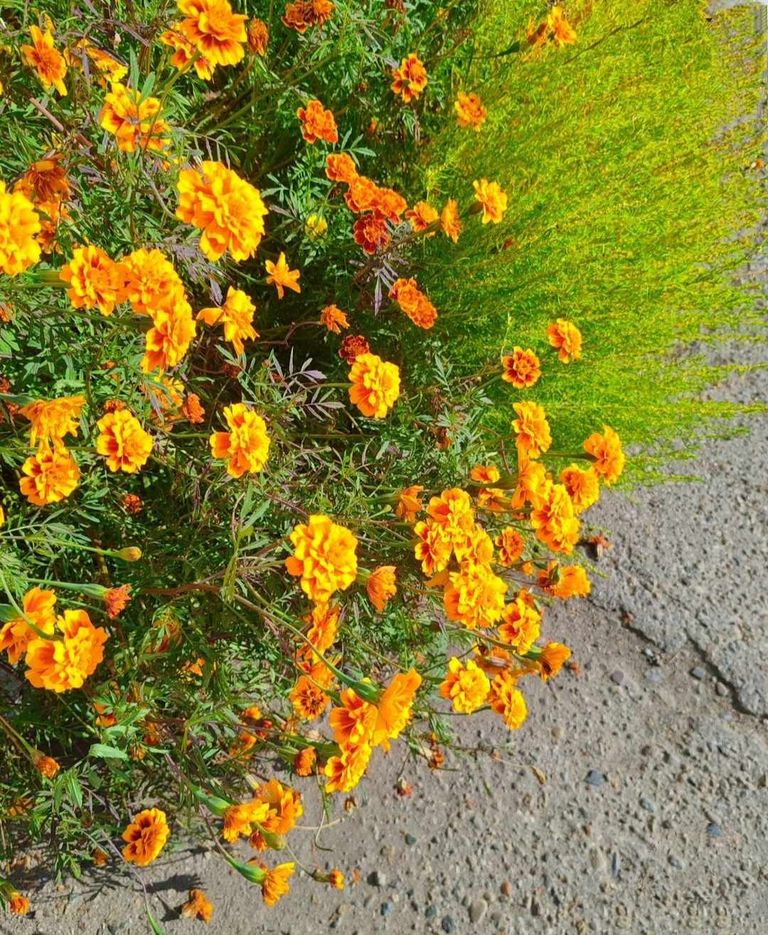
I girasoli amano un ambiente caldo, con una temperatura minima compresa tra 12˚ e 14˚ e non amano che la temperatura scenda col tempo. Pur essendo caratterizzato da acque alte, riesce, in caso di scarsità idrica, a sfruttare l'umidità degli strati profondi grazie al noto avanzamento dell'apparato radicale a fittone (fino a 1,5-2 metri). Tollera molto bene il caldo e teme il ristagno in terreni poveri: bisogna attendere che il terreno sia completamente asciutto prima di annaffiare nuovamente.
Sunflowers like a warm environment, with a minimum temperature between 12˚ and 14˚, and do not like the temperature to drop over time. Although it is characterized by high water, it is able, in case of water scarcity, to take advantage of moisture in deep layers due to the known advancement of its taproot system (up to 1.5-2 meters). It tolerates heat very well and fears stagnation in poor soils: one must wait until the soil is completely dry before watering again.
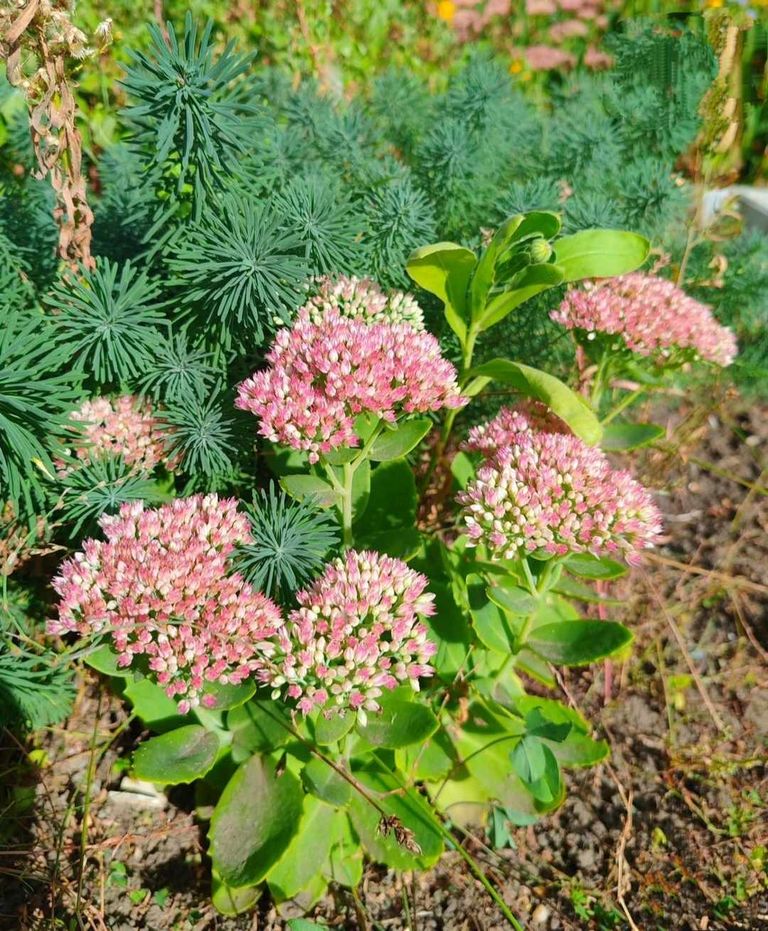
Girasole: quando fiorisce? La stagione della fioritura va da giugno a settembre-ottobre, per avere fiori in tempo piantatela in luogo riparato in febbraio-marzo e trapiantatela in piena terra in 3-4 settimane per non danneggiare le radici, dove seminare tra marzo e giugno . "stimola" la produzione dei fiori oltre settembre. Data l'elevata qualità di alcuni tipi di ibridi, è opportuno prevedere un forte sostegno per resistere alla forza del vento, soprattutto quando si crea l'aumento del peso della corona floreale. Le piogge possono causare danni significativi durante il processo di crescita, causando arresto della crescita, caduta delle foglie e perdita dei frutti a maturità.
Sunflower: when does it flower? The flowering season is from June to September-October, to have flowers in time plant it in a sheltered place in February-March and transplant it in the ground in 3-4 weeks so as not to damage the roots, where to sow between March and June . “stimulate” flower production beyond September. Due to the high quality of some types of hybrids, strong support should be provided to resist wind force, especially when creating the increased weight of the flower crown. Rainfall can cause significant damage during the growth process, causing stunted growth, leaf drop, and loss of fruit at maturity.

Girasole: come e quando concimare
Questa pianta ha bisogno di un terreno fertile, per rendere Gesal BIO Concime Organico Universale ricco, facile da distribuire, che nutre per diverse settimane. Ha un effetto fertilizzante immediato e un effetto nutriente di lunga durata. Per un suo corretto utilizzo è necessario distribuire contemporaneamente il concime sul terreno, interrarlo rastrellando delicatamente e annaffiare. Quando la pianta ha sviluppato i germogli, è consigliabile nutrirla dopo circa 15-20 giorni con Gesal Nutrimento con Sangue di Ox, che è ricco di chelato di ferro.
Sunflower: how and when to fertilize
This plant needs fertile soil, so make Gesal BIO Universal Organic Fertilizer rich, easy to distribute, nourishing soil for several weeks. It has an immediate fertilizing effect and a long-lasting nourishing effect. For its proper use, it is necessary to distribute the fertilizer on the soil at the same time, bury it by raking gently, and water. When the plant has developed shoots, it is advisable to feed it after about 15 to 20 days with Gesal Feeding with Ox Blood, which is rich in iron chelate.

Girasole: curiosità
Nel XIX secolo, lo scrittore, poeta e drammaturgo irlandese Oscar Wilde (1854-1900) adottò il girasole come simbolo del suo movimento. Di solito lo indossa con l'occhiello e lo sparge tra le persone intorno a lui come decorazione.
Come hanno già scoperto gli abitanti della Colombia, gli usi della pianta sono molteplici. I semi dei petali vengono utilizzati anche in erboristeria per creme cosmetiche. La medicina tradizionale utilizza foglie e fiori per curare disturbi alla gola o ai polmoni. Il frutto può essere consumato in insalata o per arricchire altri piatti. In passato i germogli chiusi, morbidi e glabri, venivano consumati cotti e tuffati nel burro, oppure cotti in olio e sale.
Sunflower: trivia
In the 19th century, Irish writer, poet and playwright Oscar Wilde (1854-1900) adopted the sunflower as a symbol of his movement. He usually wore it with a buttonhole and scattered it among the people around him as decoration.
As the people of Colombia have already discovered, the uses of the plant are many. The seeds of the petals are also used in herbal medicine for cosmetic creams. Traditional medicine uses leaves and flowers to treat throat or lung ailments. The fruit can be eaten in salads or to enrich other dishes. In the past, the closed shoots, soft and glabrous, were eaten cooked and dipped in butter, or cooked in oil and salt.